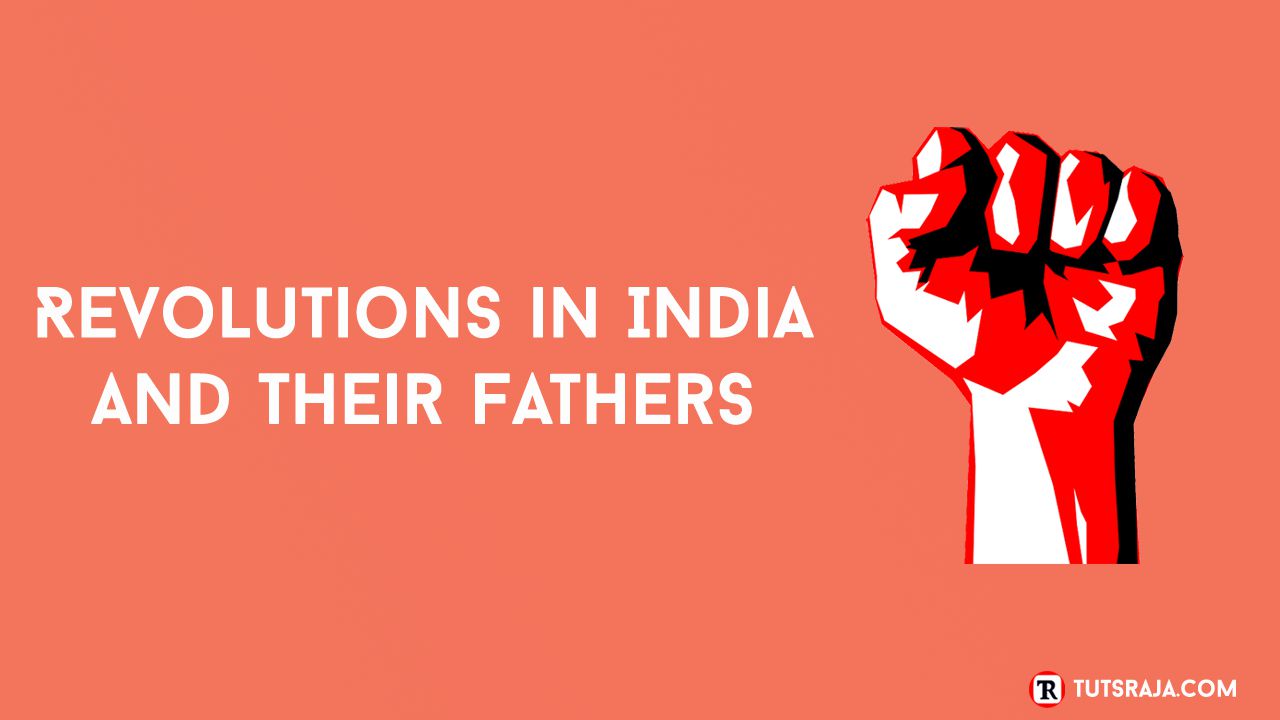
The word revolution comes from Latin and is related to the word revolutio , which means a turning point.
Some people are unhappy with their lives, some are unhappy with the entire system. Those people come together to share ideas and make some changes. Sometimes revolutions may or may not involve fighting.
Types of Revolutions in India
A revolution is a successful attempt by people. A large group takes an action to forcefully change the political system of their country. Let us look at revolutions in India in detail.
1. Black revolution:
2. Blue revolution:
3. Brown revolution:
4. Golden fiber revolution
5. Golden revolution Fruits
6. Green revolution
7. Green Gold Revolution
8. Gray revolution
9. Pink revolutionOnions:
10. Red revolution:
11. Evergreen revolution
12. Round revolution
13. Silver fiber revolution
14. Silver revolution
15. White revolution
16. Yellow revolution
17. Protein revolution
18. Green Gold Revolution
Thermal Power Plants in India
1. Black revolution:
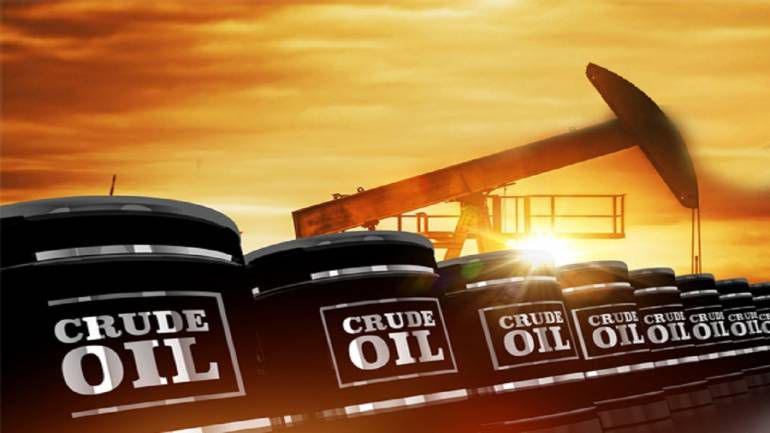
The Black Revolution was related to the production of crude oil and petrol. The primary objective of the Black Revolution was to increase the production of crude oil.
The Indian government plans to accelerate the production of ethanol and biodiesel produced.
Name of the Revolution: Black Revolution
Production concerned: Crude oil and petrol production
Father of the Revolution: Unknown
2. Blue revolution:

The Blue Revolution is related to fish and aqua production. The father of the Blue Revolution is Dr. Arun Krishnan. The term Blue Revolution refers to the remarkable emergence of aquaculture and highly productive agricultural practices.
Aquaculture refers to the active culture of all types of aquatic animals and plants in marine, brackish or freshwater.
Name of the Revolution: Blue Revolution
Related Product: Fish and Aquaculture
Father of the Revolution: Dr. Arun Krishnan
3. Brown revolution:
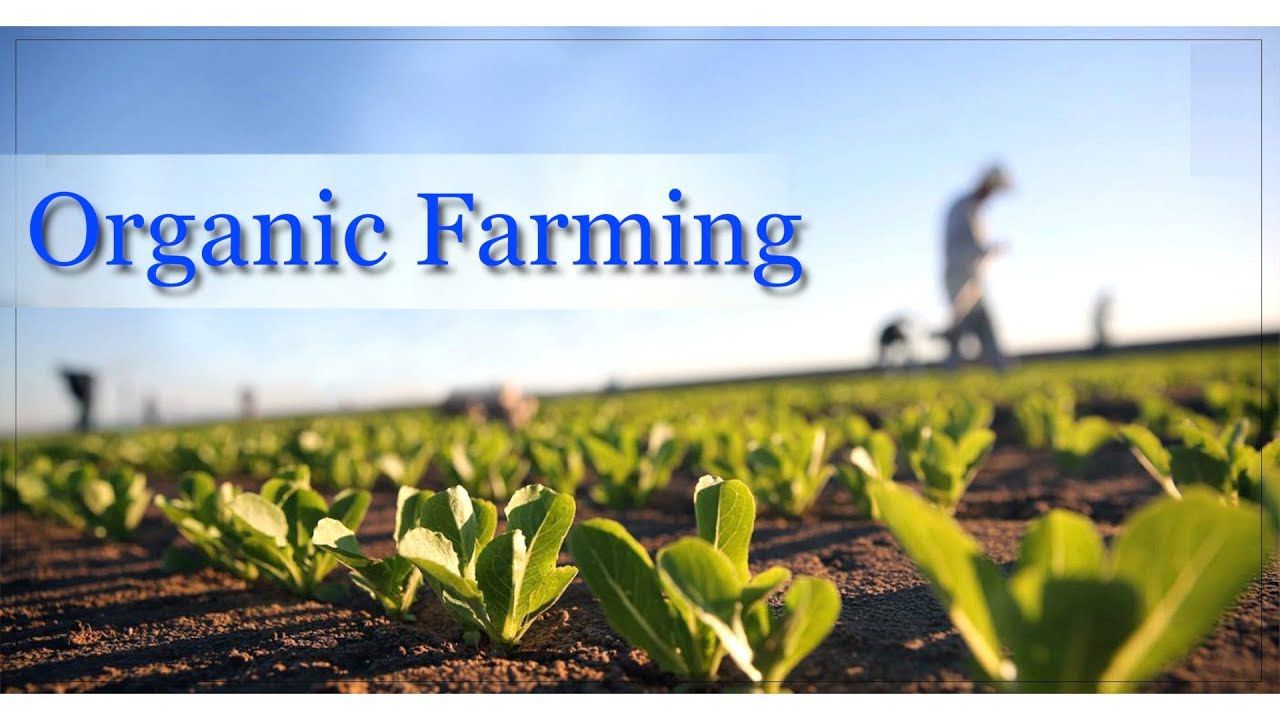
The Brown Revolution is about organic farming and improving soil quality. The Brown Revolution was associated with the growth of coffee production, the development of the leather industry, and the production of cocoa.
Name of the Revolution: Brown Revolution
Related Products: Organic farming, leather, cocoa production
Father of the Revolution: Unknown
4. Golden fiber revolution
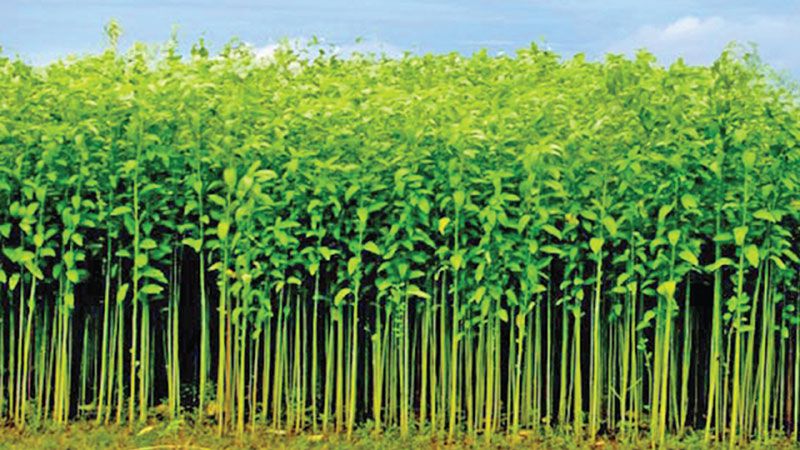
The Golden Fiber Revolution is related to the production of jute. Jute is a natural fiber with a golden and long, soft, silky shine. It is also known as the Golden Fiber due to its jute colors and high cash value. Jute is a cheap fiber extracted from the skin of the stem of the plant.
Jute is the second most important vegetable fiber after cotton in terms of use, consumption, production, and availability. Jute began to be used in the fabric industry during the Industrial Revolution. Processed jute is used to make strong threads and other jute products to this day.
Name of the Revolution: Golden Fiber Revolution
Related Product: Jute Production
Father of the Revolution: Unknown
5. Golden revolution Fruits

Golden revolution fruits are all about honey and horticulture production. The father of the Golden Revolution is Nirpakh Tutej. Horticulture is the most dynamic and sustainable sector of agriculture.
The Golden Revolution period in India was between 1991 and 2003. During the Golden Revolution, there was a massive production of fruits and other produce. It covered a wide spectrum of crops like fruits.
Name of the Revolution: Golden Revolution Fruits
Related Products: Honey, Horticultural Produce
Father of the Revolution: Nirpakh Tutej
6. Green revolution

The Green Revolution is related to agricultural production. The father of the Green Revolution is Norman Borlong. The Green Revolution refers to the use of high-yielding varieties of seeds and fertilizers, and increased use of irrigation methods.
The Green Revolution is the third agricultural revolution. It is a set of research and technology transfer programs that took place from the 1950s to the late 1960s. Agricultural production increased during this period.
The main objective of the Green Revolution was to increase production to make India self-sufficient in food grains.
Name of the revolution: Green Revolution
Related product: Agricultural production
Father of the revolution: Norman Borlong
7. Green Gold Revolution
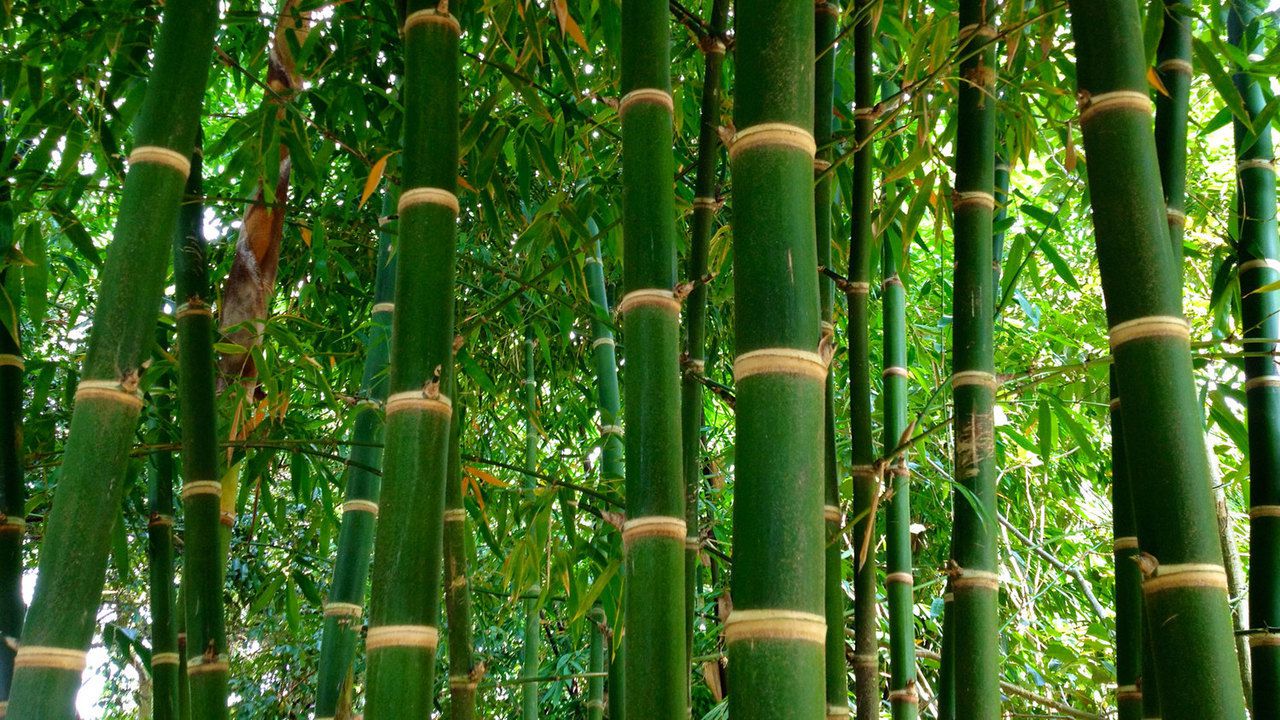
The Green Gold Revolution is about promoting bamboo plants. Green Gold Revolution for the promotion and trade of bamboo plants to boost the economic growth of North East India.
Bamboo is called green gold. It is a wonderful plant that has been transformed from a plant into green gold.
Name of the Revolution: Green Gold Revolution
Related Product:
Promotion and Trade of Bamboo, the Father of the Revolution: Unknown
8. Gray revolution
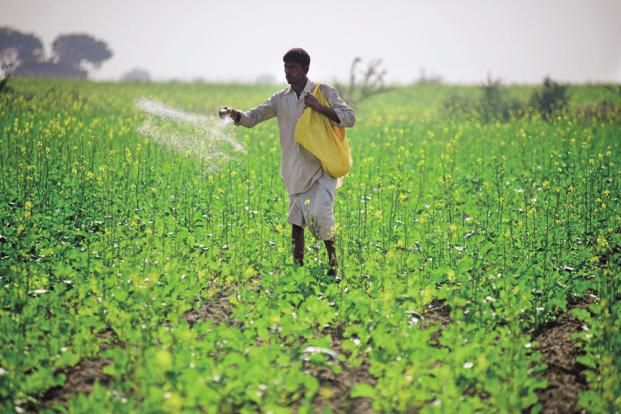
The gray revolution is related to fertilizers. The gray revolution refers to increased fertilizer production and sustainable development of fertilizers. This is about the side effects of India's Green Revolution.
Name of the Revolution: Grey Revolution
Related Product: Fertilizer
Father of the Revolution: Unknown
9. Pink revolution:
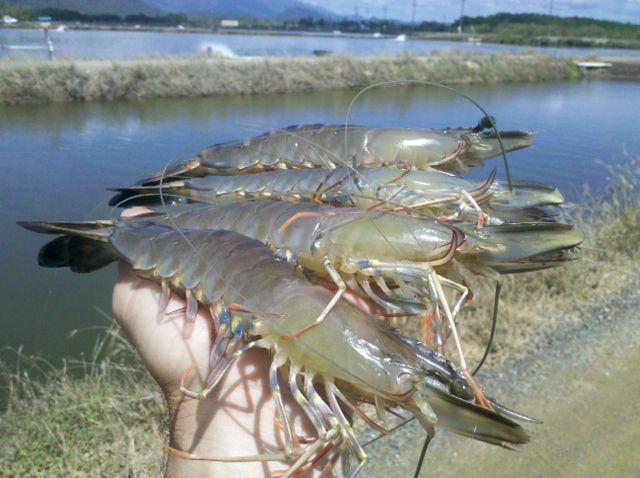
Pink Revolution is related to the production of pharmaceuticals, shrimp. The father of the Pink Revolution is Durgesh Patel. Pink Revolution refers to natural minerals and vitamins. The important role of minerals and vitamins in increasing the resistance power.
Name of the Revolution: Pink Revolution Onions
Related Product: Pharmaceuticals, Shrimp Production
Father of the Revolution: Durgesh Patel
10. Red revolution:

The Red Revolution is related to the production of meat and tomatoes. The Red Revolution was a technological revolution in the field of meat and tomato production. During the Red Revolution, tomatoes grew rapidly, with high export growth and improved domestic production.
Name of the Revolution: Red Revolution
Related Product: Meat, Tomato Production
Father of the Revolution: Vishwavidyalaya Tiwari
11. Evergreen revolution
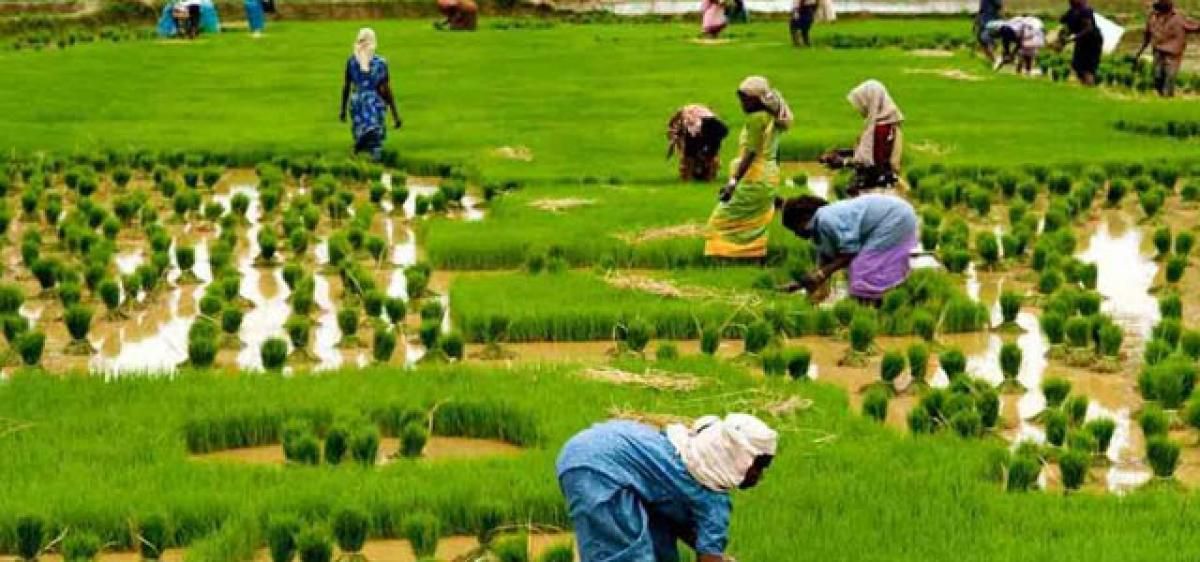
The Evergreen Revolution is a movement for increasing total agricultural production launched in the 11th 5-year plan. The father of the Evergreen Revolution is Swaminathan.
Increasing production and productivity in the short and long term for food crops are the highlights of the Evergreen Revolution. The main objective during this period is to produce more with less land, less pesticides, and less water.
This revolution supports better disease-free crops, improved soil health, and fertility without chemical fertilizers, and uses biological controls to reduce the damage caused by pesticides.
Name of the Revolution: Evergreen Revolution
Related Product: Intended for increasing total agricultural production launched in the 11th 5-year plan.
Father of the Revolution: MS Swaminathan
12. Round revolution

The Round Revolution is related to potato production. The Indian government adopted the Round Revolution to increase potato production. The main objective of this resolution was to double or triple the production in a single annual increase.
Name of the Revolution: Round Revolution
Related Product: Potato Production
Father of the Revolution: Unknown
13. Silver fiber revolution
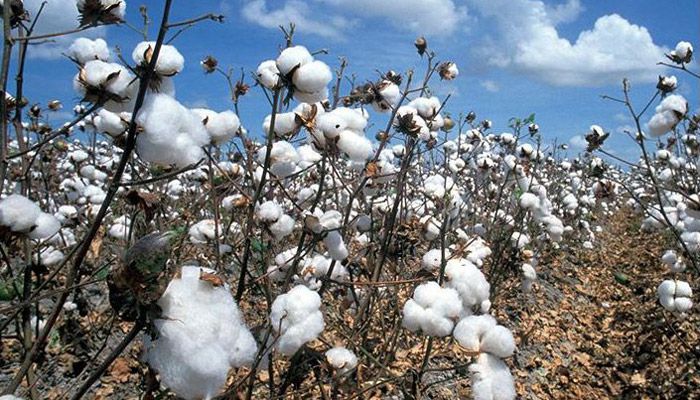
The Silver Fiber Revolution is related to cotton production. The Silver Revolution is about increasing cotton production.
Cotton in our country was 87.30 lakh hectares from 1999 to 2000. Then it decreased to 77.85 lakh hectares between 2003 and 2004.
During this revolution, farmers got higher prices and large-scale Bt hybrids, more acres were covered with cotton between 2007 and 2008. Due to this revolution, India became the 2nd largest producer of cotton production.
Name of the revolution: Silver Fiber Revolution
Related product: Cotton production
Father of the revolution: Unknown
14. Silver revolution
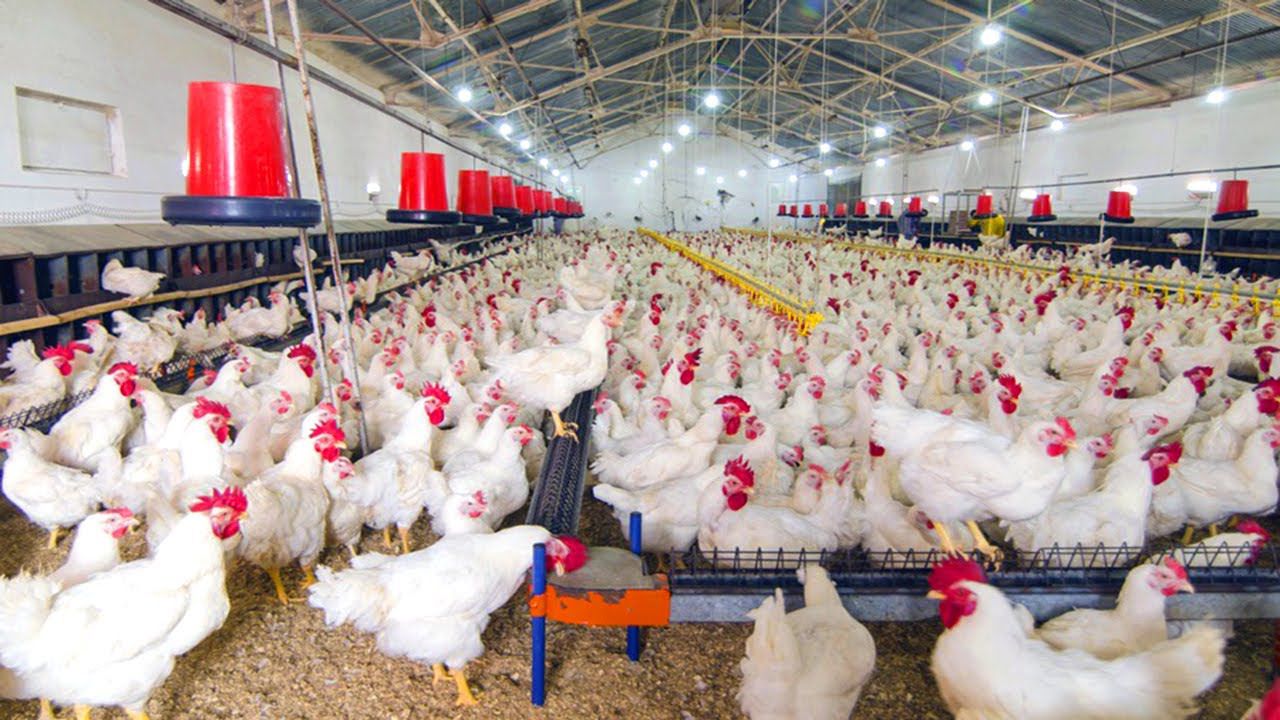
The Silver Revolution was related to the production of eggs/poultry. During the Silver Revolution, egg production increased exponentially. This was done with the help of medical science and a diet rich in proteins for chickens.
Name of the Revolution: Silver Revolution
Related Product: Eggs/poultry
Father of the Revolution: Indira Gandhi
15. White revolution
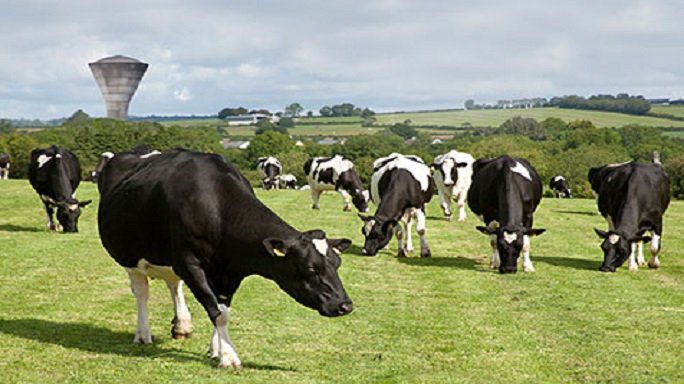
The White Revolution is related to milk/dairy production. The father of the White Revolution is Verghese Kurien. He was a social entrepreneur. The billion-litre idea was the world's largest agricultural dairy development program designed for the world's largest milk producer.
Within 30 years of the White Revolution, milk was available to every person twice as much. It had many benefits like income, employment, nutrition, education, health, empowerment, etc. Operation Flood Dairy Development Board (NDDB) was launched in India in 1970. It is the world's largest dairy development program.
Name of the Revolution: White Revolution
Related Product: Milk/dairy production
Father of the Revolution: Verghese Kurien
16. Yellow revolution
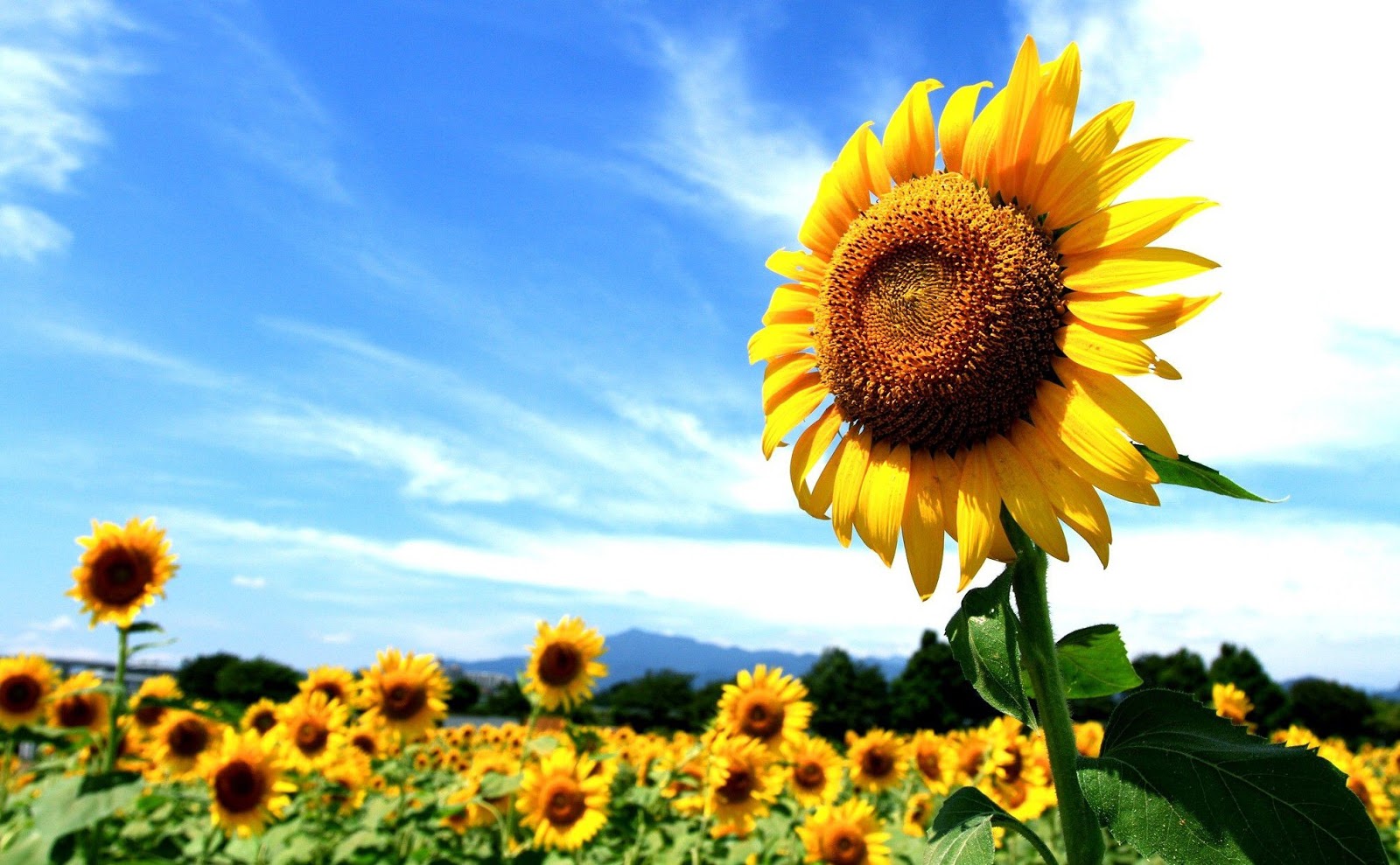
The Yellow Revolution is related to the production of oilseeds. The father of the Yellow Revolution is Sam Pitroda. The Yellow Revolution is about increasing the production of oilseeds like mustard, sesame etc.
The sudden growth of oilseeds in India took a dramatic turn due to hybrid oilseeds. India became self-sufficient and an exporter.
Name of the Revolution: Yellow Revolution
Related Product: Oilseed Production
Father of the Revolution: Sam Pitroda
It increased the country from being an exporter to an importer of just annual production. The production improvement was a record in a decade. The revolution had institutional support, especially the technical mission setup on oilseeds.
17. Protein revolution
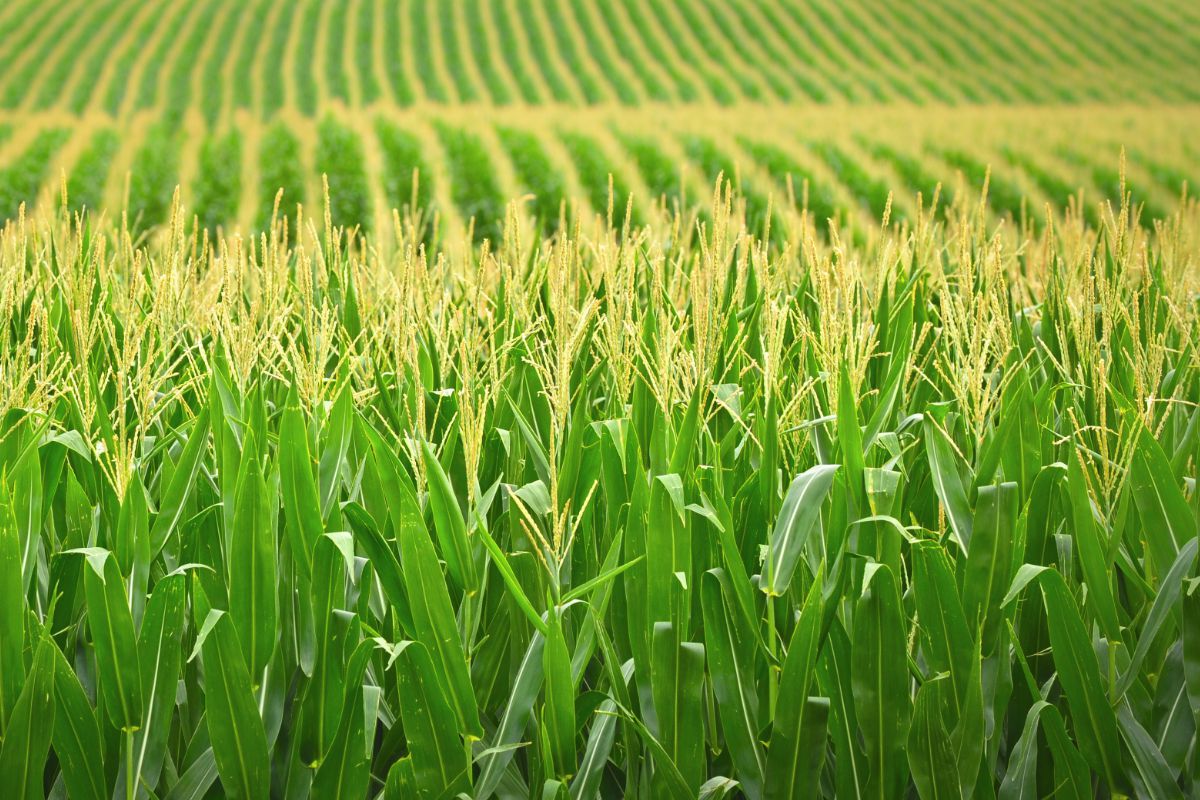
Revolution Name: Protein Revolution
Related Product: High Production (2nd Green Revolution) Revolution
Father: Unknown
Revolutions Definition:
A revolution is a fundamental change in institutional structure that occurs over a short period of time. A revolution is necessary when the population increases. A revolution is an event that attempts to change a country, region, or society.
Revolutions Meaning:
Revolutions vary in their motives and goals. Revolution dictionary definition is 'the forcible overthrow of a government or social system in favor of a new system.
A very significant change in the way people do things can be sudden and dramatic.
Revolution in India and Their Father
Table of Contents
| S.No | Revolution Name | Related Product | Father of Revolution |
|---|---|---|---|
| 1 | Black revolution | Crude oil, Petrol Production | Unknown |
| 2 | Blue revolution | Fish and Aqua Production | Dr. Arun krishnan. |
| 3 | Brown revolution | Leather, Cocoa Production | Unknown |
| 5 | Golden fiber revolution | Jute Production | Unknown |
| 6 | Golden revolution | Fruits, Honey, Horticulture Production | Nirpakh tutej. |
| 7 | Green revolution | Agriculture Production | Norman borlong |
| 8 | Green Gold Revolution | Promotion and trade of Bamboo | Unknown |
| 9 | Gray revolution | Fertilizers | Unknown |
| 10 | Pink revolution | Onions, Pharmaceuticals, Prawns Production | Durgesh Patel. |
| 11 | Red revolution | Meat, Tomoto Production | Visual tewari. |
| 12 | Evergreen revolution | Intended for overall agriculture production growth | Started in 11th 5 year plan. |
| 13 | Round revolution | Potato Production | Unknown |
| 14 | Silver fiber revolution | Cotton | Unknown |
| 15 | Silver revolution | Eggs/Poultry Production | Indira Gandhi. |
| 16 | White revolution | Milk/Dairy Production | Verghese kurien. |
| 17 | Yellow revolution | Oil Seeds Production | Sam Pitroda |
| 18 | Protein revolution | Higher production (2nd green revolution) | Unknown |
Important Bank Tag Lines





0 Comments